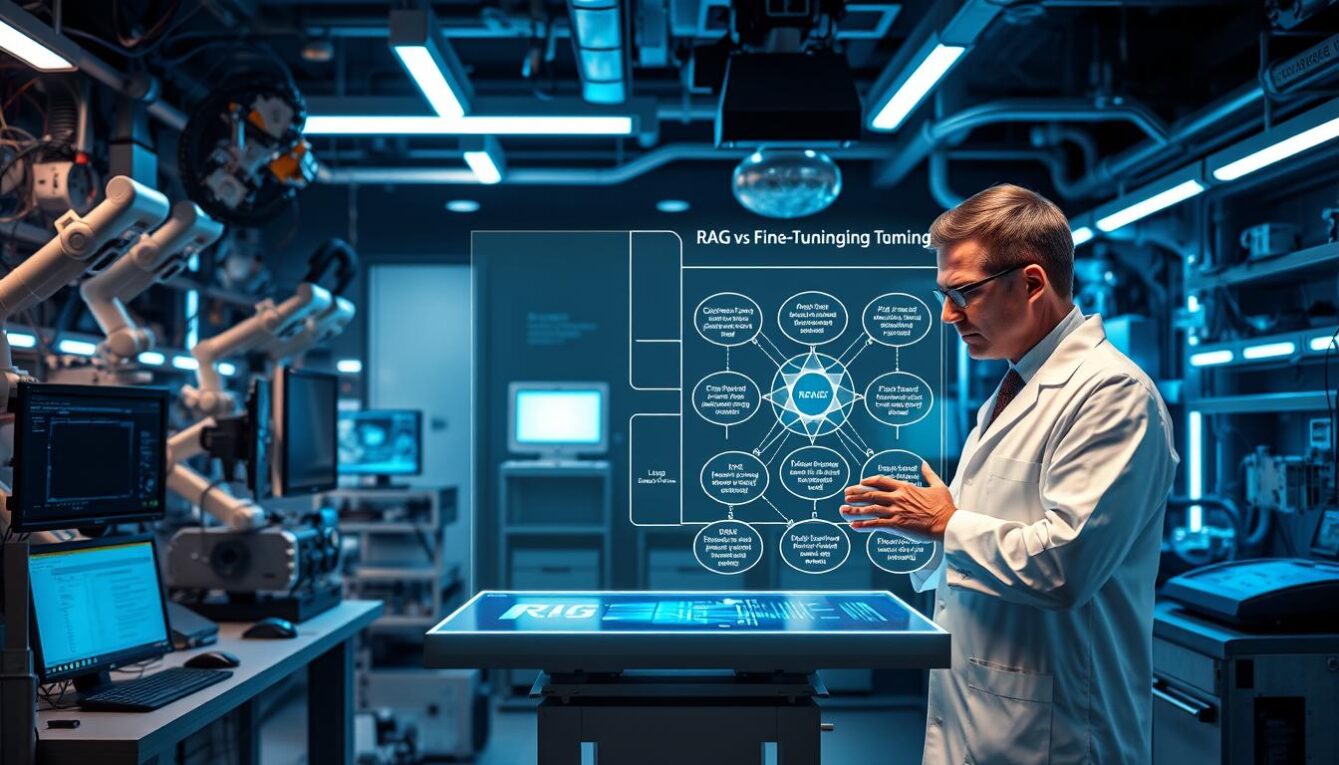Dealing with Inaccurate Predictions: A Practical Guide ===
In the exciting world of machine learning, accurate predictions are the holy grail. However, even the most advanced AI models can sometimes go astray, leading to inaccurate results. Understanding and addressing these prediction errors is crucial for harnessing the full potential of machine learning. In this practical guide, we will dive into the challenges of inaccurate predictions and explore strategies to improve and fine-tune machine learning models. So, let’s embark on this journey of unraveling the mysteries of prediction inaccuracy in the realm of AI!
Unveiling the Challenges of Machine Learning Predictions
Machine learning predictions can be a double-edged sword. While they can empower us with valuable insights, they are not infallible. One of the key challenges lies in the complexity of real-world data. Unlike controlled laboratory experiments, real-world data can be messy, inconsistent, and prone to noise. These factors can introduce biases and confounding variables, leading to inaccurate predictions. Furthermore, the dynamic nature of data can complicate predictions, as models may struggle to adapt to changing patterns and trends. It’s crucial to acknowledge and address these challenges to build robust and reliable machine learning models.
Navigating the Maze of Inaccuracy in AI Models
Inaccuracy in AI models can stem from various sources. One common culprit is insufficient or poor-quality training data. Machine learning models heavily rely on training data to learn patterns and make predictions. If the data is incomplete, biased, or unrepresentative of the real-world scenarios, the predictions are likely to be inaccurate. Another challenge is overfitting, where the model becomes too specialized in the training data and fails to generalize well to unseen data. Additionally, the selection of appropriate algorithms and hyperparameters plays a crucial role in the accuracy of predictions. Navigating through this maze of inaccuracy requires a multi-faceted approach, including careful data curation, model selection, and fine-tuning.
Embrace the Imperfections: Tackling ML Prediction Errors
When it comes to dealing with inaccurate predictions, it’s important to embrace the imperfections and acknowledge that no model is perfect. Instead of striving for absolute accuracy, the focus should be on reducing errors and making incremental improvements. A key strategy is to implement ensemble methods, which combine predictions from multiple models to achieve a more robust and accurate prediction. Ensemble methods can help mitigate the biases and weaknesses of individual models, ultimately leading to better overall performance. Additionally, feature engineering and data preprocessing techniques can help uncover hidden patterns and reduce noise in the data, enhancing the accuracy of predictions. By embracing imperfections and adopting a proactive approach, we can effectively tackle prediction errors in machine learning models.
Future-Proofing ML: Strategies for Long-Term Accuracy ===
In the ever-evolving field of machine learning, dealing with inaccurate predictions is an ongoing challenge. However, by understanding the challenges, embracing imperfections, and implementing effective strategies, we can improve the accuracy and reliability of machine learning models. From fine-tuning the models and troubleshooting errors to utilizing unconventional solutions and mastering prediction evaluation metrics, there are a plethora of techniques available. Moreover, recognizing the importance of high-quality training data and iterative approaches for continuous improvement is key to future-proofing machine learning models. So, let’s embark on this exciting journey of conquering prediction inaccuracy and unlocking the full potential of AI!










